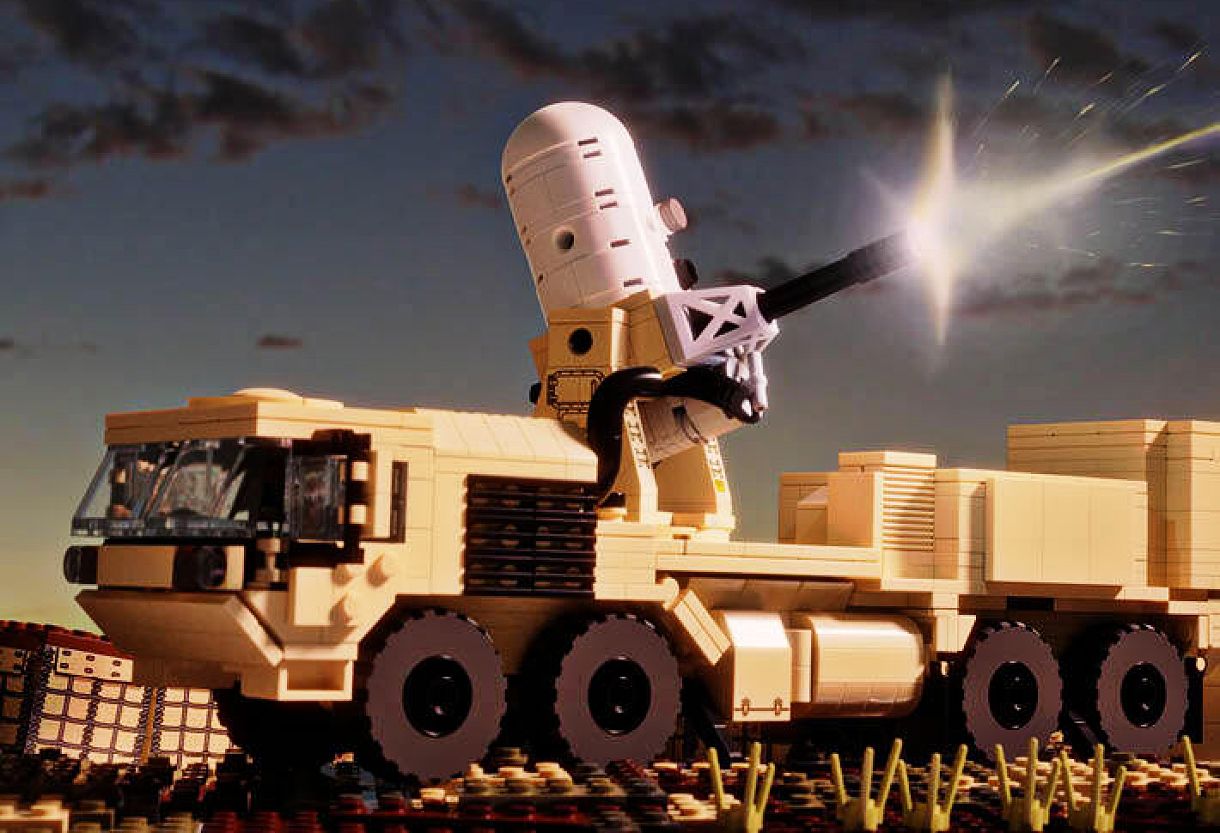Despite its recent acquisition of several different air defense (AD) missile systems, with more system types and quantities still in the pipeline, Ukraine has requested the US for yet another AD system!
The chairman of the Ukrainian parliament, Ruslan Stefanchuk, in a letter to senior members of the US Congress, has called upon the US to provide Ukraine with mobile C-RAM systems to help protect “important objects, especially crucial power plants.”
A senior Ukrainian politician told ABC News that the Ukrainian government has also made an official request to the Biden administration for the C-RAM systems.
C-RAM System
C-RAM is an abbreviation for Counter rocket, artillery, and mortar. C-RAM systems detect and optionally destroy incoming rockets, artillery, and mortar rounds while still in flight.
They typically consist of a warning radar capable of detecting projectiles in flight and, optionally, a gun or missile system to shoot them down.
Examples of C-RAM systems include the US Army’s Land-Based Phalanx Weapon System, Israel’s Iron Dome, China’s LD-2000, and Russia’s AD-630.

The US Land-Based Phalanx system is also called C-RAM, so the Ukrainian request is likely specific to the US weapon system. In the past, there were reports that Israel had declined to sell the Iron Dome system to Ukraine.
A variant of the US Navy’s Phalanx close-in weapon system (CIWS), the land-based Phalanx comprises a Forward Looking Infrared (FLIR) to acquire and identify the target visually and a radar-controlled rapid-fire 20-mm gun to engage the target.
The weapon fires HEIT-SD (high-explosive incendiary tracer, self-destruct) ammunition. The rounds explode on impact or tracer burnout to reduce collateral damage from rounds that fail to hit their target. Using HEIT-SD ammunition is critical when the system engages a target in an urban environment.
The Pentagon did not comment on specific Ukrainian requests for weaponry.
However, Pentagon spokesperson Lt. Col. Garron Garn told ABC News that US support “focuses on equipment that is relevant for the current fight.”
“We are working around the clock to fulfill Ukraine’s priority security assistance requests, delivering weapons from US stocks when they are available,” he added.
Why C-RAM?
Ukraine’s request for the C-RAM CIWS system follows recent acquisitions of several short and medium-range AD missile systems, including the German IRIS-T, the US-supplied NASAMS, and the Italian Aspide system.
On Monday, November 7, Ukraine’s defense minister announced the arrival of the NASAMS and Aspide systems; a senior US official confirmed that two NASAMS systems were delivered to Ukraine.
Ukraine may additionally get the Franco-Italian SAMP/T. Reuters quotes an Italian coalition official, who declined to be named, saying Rome was ready to provide Ukraine with the medium-range SAMP/T and portable Stinger missiles.
The US had promised Ukraine another six NASAMS but has indicated that it would be some time before they arrived.
Limitations of C-RAM
The C-RAM is a close-in weapon system with a very limited (maximum five kilometers) range. It’s based on a CIWS developed as a last-ditch defense against an adversary aerial threat that has penetrated a warship’s missile defenses. At best, the C-RAM can secure a point target such as a power generation or distribution point.
The C-RAM is not a weapon system that can change the war’s outcome. However, deployed in adequate numbers, it could help Ukraine protect at least some of its power generation capacity through the winter, when Russia is to up the ante and resume pounding Ukrainian power generation infrastructure, a likely possibility if Ukraine continues to evade a peaceful settlement of the conflict.
Ukraine’s desire to acquire C-RAM CIWS systems in addition to the short and medium-range AD systems likely stems from doubts over the effectiveness of the recently acquired AD systems against Geran-2-like kamikaze drones.
The fact that C-RAM uses FLIR for target acquisition should make it more effective against the low signature Geran-2.
There is also the inability of the West to provide AD systems in large enough numbers to protect all power infrastructure targets.
- Vijainder K Thakur is a retired IAF Jaguar pilot. He is also an author, software architect, entrepreneur, and military analyst. VIEWS PERSONAL
- Reach out to the author at vkthakur (at) gmail.com